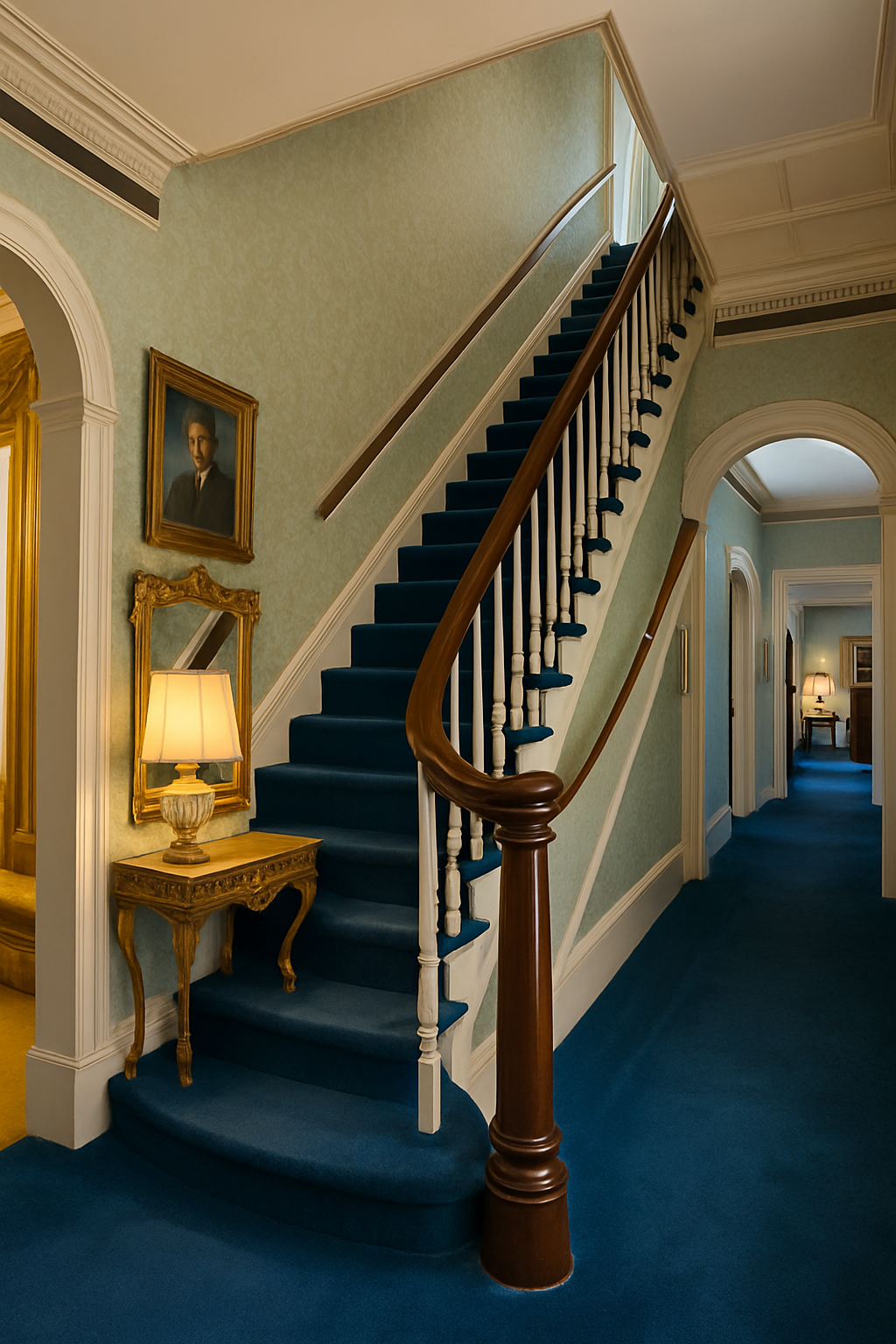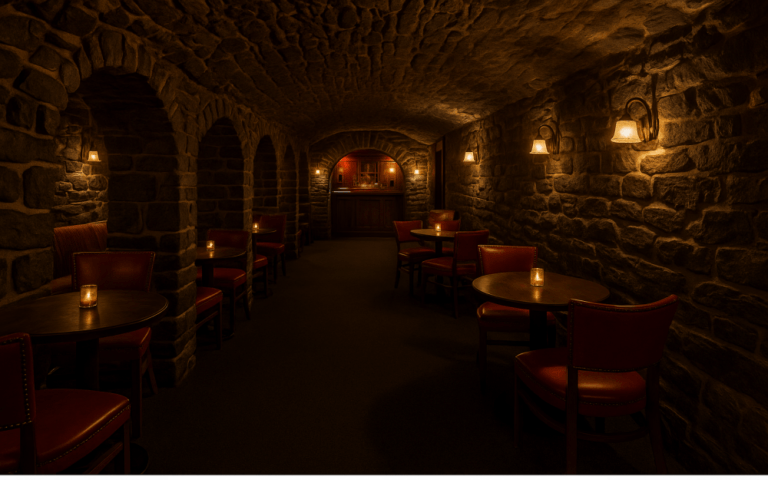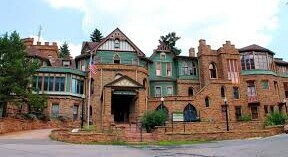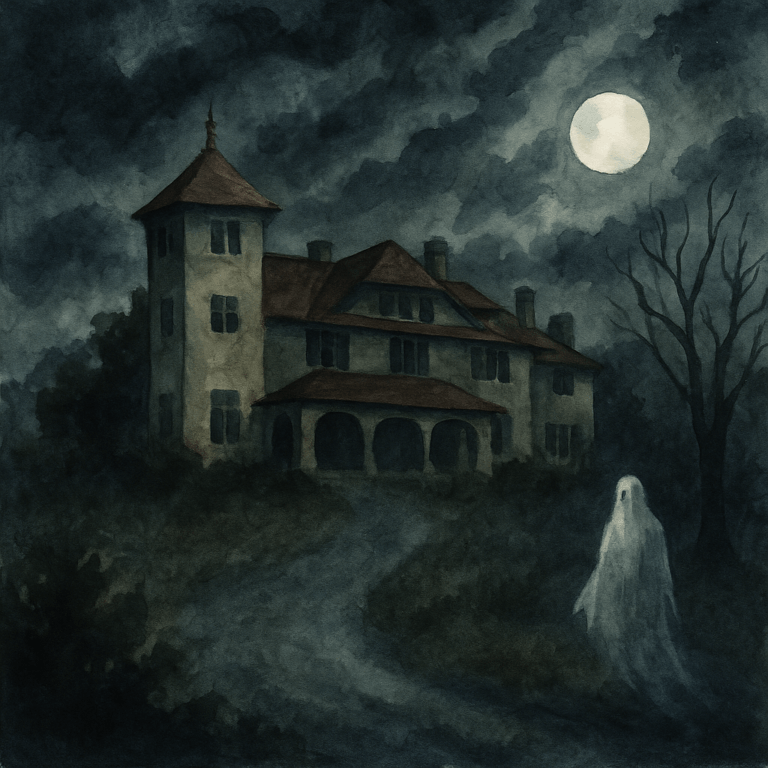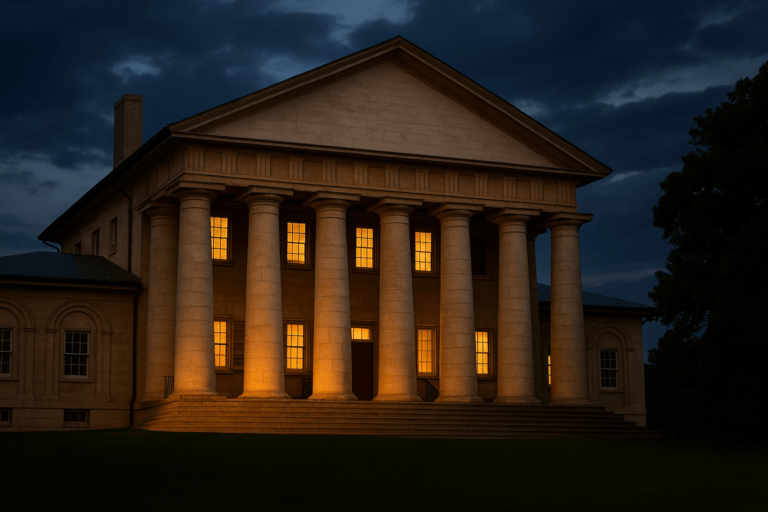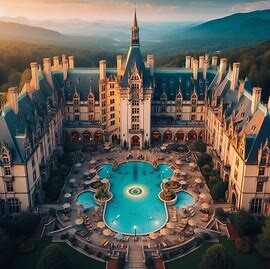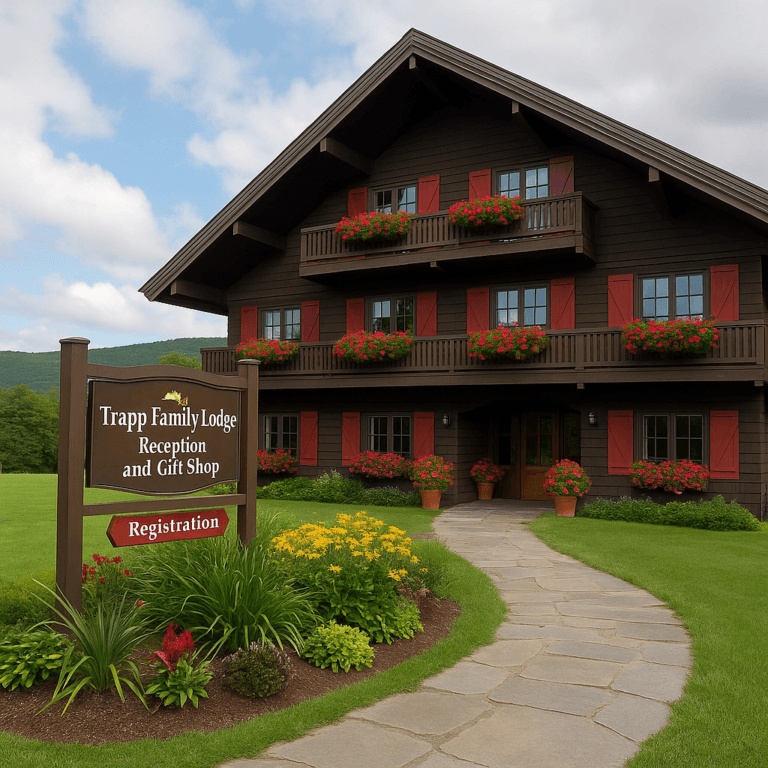Graceland’s Secrets & Stories They Don’t Tell on the Tour
Graceland isn’t just a museum—it’s a home. And like any home, its most meaningful stories aren’t listed on plaques or told through tour guides. They’re found in quiet corners, where memory lingers and the velvet rope doesn’t reach.
Step off the official path, and a different kind of story begins to emerge—one about the man behind the myth, and the echoes that still fill the walls.
🚪 A Quiet Upstairs
 The staircase to Elvis’s private quarters remains roped off—but its quiet presence is one of Graceland’s most powerful silences.
The staircase to Elvis’s private quarters remains roped off—but its quiet presence is one of Graceland’s most powerful silences.
One of Graceland’s most enduring mysteries is what lies beThe staircase to Elvis’s private quarters remains roped off—but its quiet presence is one of Graceland’s most powerful silences.hind the roped-off staircase. The second floor of the house—Elvis’s private space—is closed to the public. That decision, upheld for decades by his family and estate, has only added to its mystique.
We’ll never see the bedroom where he reportedly read spiritual books late into the night. Or the bathroom where he spent his final moments. But maybe that’s the point. In a life so publicly lived, this is the one space that remains his alone.
And for many fans, that mystery feels sacred. It’s not about what’s hidden—it’s about what’s preserved.
🖼️ Whispers in the Walls
 A Bible, a handwritten note, a quiet corner—these small touches reveal more about Elvis than any gold record ever could.
A Bible, a handwritten note, a quiet corner—these small touches reveal more about Elvis than any gold record ever could.
Much of Graceland’s décor is bold—even theatrical—but look closer and there’s intimacy beneath the surface.
- A Bible sits near his bed, pages gently worn.
- Handwritten notes remain taped to mirrors.
- Family photos hang in imperfect clusters, clearly placed with feeling, not staging.
These are not the details of a legend. They’re the traces of a son, a father, a man who craved comfort in the familiar.
🎁 Gifts and Gratitude
Across the property, tucked in display cases or placed almost casually, are gifts Elvis gave and received. Handwritten letters, cards from friends, thank-you notes from fans—many nt for public eyes—speak to his desire for connection.
 This simple note, unsigned except for Elvis, says more about his heart than any spotlight ever could.
This simple note, unsigned except for Elvis, says more about his heart than any spotlight ever could.
One card reads simply, “Thank you for your kindness. It meant a lot during a hard time.”
It wasn’t signed with a flourish. Just: Elvis. Quiet, unassuming—like the man behind the myth.
🌹 Stillness in the Garden
The Meditation Garden, where Elvis and his family now rest, is a serene conclusion to the Graceland experience. Visitors often walk through silently, pausing at the fountains, the flowers, and the headstones.
 In the quiet stillness of the garden, Graceland becomes more than a house—it becomes a place of peace, memory, and love.
In the quiet stillness of the garden, Graceland becomes more than a house—it becomes a place of peace, memory, and love.
But in the stillness, something extraordinary happens—Graceland stops being about fame. It becomes about family, remembrance, and peace.
And in that stillness, Graceland finally feels like home.
🧭 What You Won’t See on the Tour
These moments aren’t in the guidebook—but they’re part of what keeps fans coming back. Graceland’s story isn’t just told through exhibits. It’s felt in the spaces left untouched.
🔗 Related Reading
Want to explore the mansion itself? Start with the main article:
👉 Graceland Mansion: The Story Behind Elvis’s Iconic Home

